Home>Gardening & Outdoor>Outdoor Structures>How To Keep Birds Out Of A Pergola
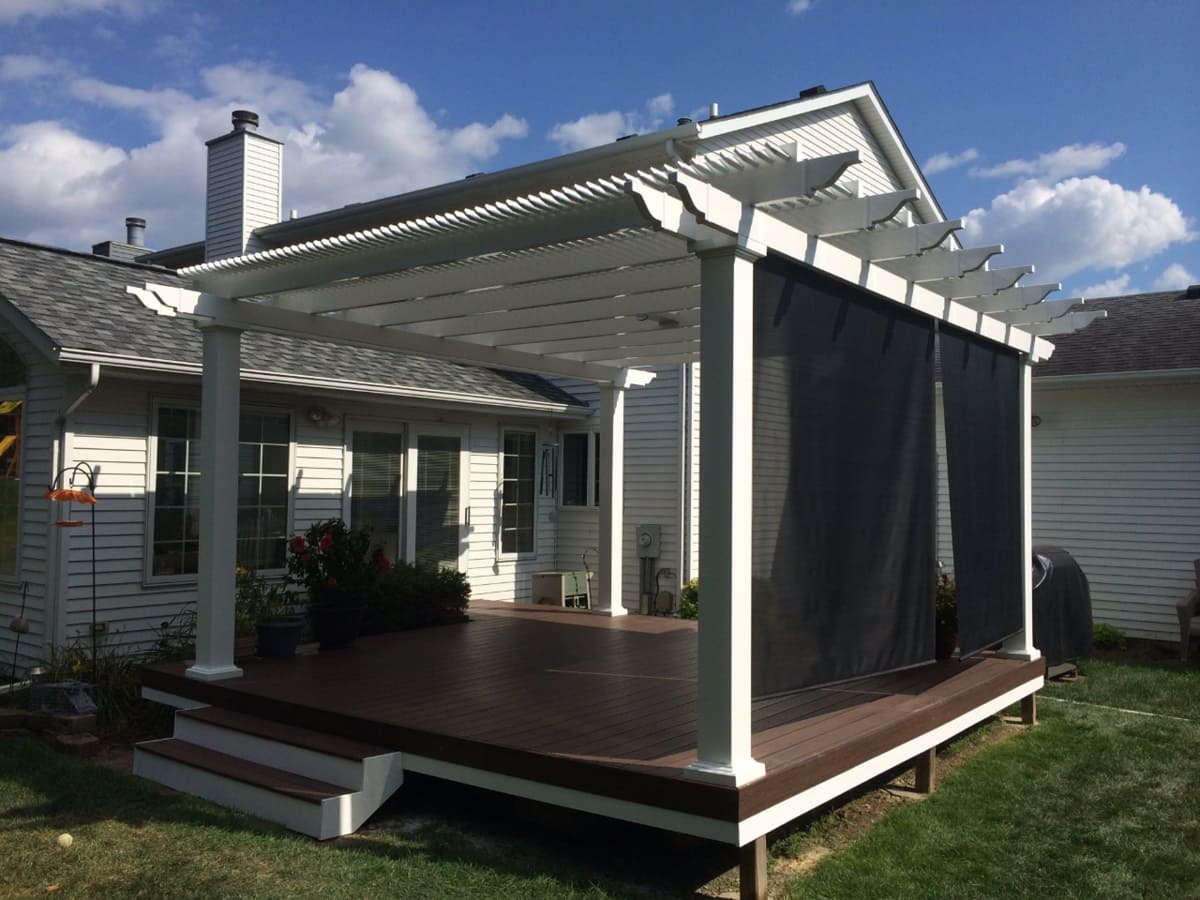

Outdoor Structures
How To Keep Birds Out Of A Pergola
Published: January 18, 2024
Learn effective ways to keep birds out of your pergola and other outdoor structures. Discover practical tips and solutions for a bird-free outdoor space.
(Many of the links in this article redirect to a specific reviewed product. Your purchase of these products through affiliate links helps to generate commission for Storables.com, at no extra cost. Learn more)
Introduction
Welcome to the serene world of outdoor living, where the gentle rustle of leaves and the warm embrace of sunlight create a perfect sanctuary. Pergolas, with their open lattice roofs and sturdy pillars, stand as timeless symbols of tranquility and elegance in outdoor spaces. However, as much as we humans cherish the comfort and beauty of these structures, our feathered friends often view them as inviting roosts and perches.
When birds take up residence in a pergola, their presence can bring about a host of challenges. From unsightly droppings to potential damage caused by nesting activities, the impact of birds can detract from the enjoyment of your outdoor oasis. The good news is that there are effective and humane methods to discourage birds from turning your pergola into their personal retreat.
In this article, we will explore various strategies to keep birds out of a pergola, ranging from natural and visual deterrents to physical barriers. By understanding these methods and implementing them thoughtfully, you can reclaim your pergola as a peaceful haven for relaxation and entertainment.
Key Takeaways:
- Embrace nature by planting bird-repelling plants and providing alternative food sources to keep birds out of your pergola. Visual deterrents like reflective objects and predator decoys can also help maintain a bird-free environment.
- If birds persist, consider installing physical barriers such as bird spikes, netting, or slope panels. Regular maintenance and checks are crucial to upholding the effectiveness of bird control measures and preserving the tranquility of your outdoor space.
Read more: How To Keep Birds Out Of The Garden
Understanding the Problem
Before delving into the solutions, it’s important to understand why birds are drawn to pergolas in the first place. Pergolas offer birds an ideal combination of shelter, elevation, and a vantage point from which to survey their surroundings. The open framework of a pergola provides a sense of security for birds, offering protection from predators while allowing them to keep a watchful eye on potential food sources.
Additionally, the horizontal beams and rafters of a pergola mimic the natural structure of tree branches, making it an attractive location for birds to perch and nest. The shade provided by the roof slats also offers relief from the sun and shelter from inclement weather, further appealing to our avian friends.
Once birds have established a presence in a pergola, they can create a range of issues. Their droppings not only create an unsightly mess but can also pose health hazards. Furthermore, nesting activities can lead to debris accumulation and potential damage to the structure.
Understanding these factors allows us to develop effective strategies for discouraging birds from making your pergola their home. By addressing the root causes of their attraction and implementing appropriate deterrents, you can create a harmonious outdoor space that remains inviting for humans while encouraging our feathered companions to seek alternative habitats.
Natural Deterrents
Embracing natural deterrents can be an effective and environmentally friendly approach to discouraging birds from settling in your pergola. One of the most straightforward methods involves strategically planting bird-repelling flora in the vicinity of the structure. Certain plants, such as marigolds, geraniums, and agapanthus, emit scents that birds find unpleasant, deterring them from lingering in the area.
Another natural deterrent involves the use of bird feeders placed away from the pergola. By providing an alternative food source at a distance, you can redirect birds’ attention and minimize their inclination to roost on or near the pergola. Additionally, ensuring that any potential food sources, such as fallen fruits or seeds, are promptly cleared from the pergola’s vicinity can help reduce its appeal to birds.
Furthermore, incorporating elements that disrupt birds’ preferred roosting spots can be effective. This can include installing motion-activated sprinkler systems or wind chimes, which create unexpected disturbances that birds find unsettling. By disrupting their sense of security and comfort, these natural deterrents can encourage birds to seek alternative locations for rest and refuge.
It’s important to note that while natural deterrents can be highly effective, they may require ongoing maintenance and monitoring to ensure their continued efficacy. By leveraging the power of nature in deterring birds from your pergola, you can create a balanced and sustainable solution that aligns with the surrounding environment.
Visual Deterrents
Visual deterrents offer a non-invasive and visually appealing means of discouraging birds from inhabiting your pergola. By leveraging optical illusions and light reflections, these deterrents disrupt birds’ perception of the area, making it less inviting for roosting and nesting.
One effective visual deterrent is the installation of reflective objects, such as wind spinners, Mylar tape, or CDs, in the vicinity of the pergola. These items create flashes of light and movement, disorienting birds and dissuading them from settling in the area. Additionally, predator decoys, such as owl or hawk replicas, can be strategically placed to create the impression of a predator presence, prompting birds to seek safer locations.
Utilizing bird-scare balloons, which feature large, intimidating eyespots, can also effectively deter birds from lingering around the pergola. The conspicuous markings create a sense of unease for birds, prompting them to seek alternative spaces that feel more secure.
Moreover, the strategic placement of bird netting can serve as a visual barrier, preventing birds from accessing the interior spaces of the pergola. This transparent netting allows sunlight and airflow to penetrate while creating a barrier that discourages birds from entering and nesting within the structure.
Visual deterrents offer a humane and aesthetically pleasing approach to bird control, allowing you to maintain the charm and openness of your pergola while minimizing avian intrusion. By leveraging the power of light, movement, and visual cues, you can create an environment that is less hospitable to birds without compromising the visual appeal of your outdoor space.
Install bird netting or wire mesh around the perimeter of the pergola to keep birds from entering. Make sure to secure it tightly to prevent any gaps for birds to get through.
Physical Barriers
When natural and visual deterrents are not sufficient to deter birds from your pergola, implementing physical barriers can provide a reliable solution. These barriers create a tangible obstacle that prevents birds from accessing and nesting within the structure, offering a proactive approach to bird control.
One effective physical barrier is the installation of bird spikes or bird coils on the horizontal surfaces of the pergola. These deterrents create an uneven and inhospitable landing surface for birds, dissuading them from perching or roosting on the structure. Bird spikes and coils are designed to be humane, posing no harm to birds while effectively discouraging their presence.
Additionally, installing bird netting or wire mesh around the perimeter of the pergola can create a secure enclosure that prevents birds from entering and nesting within the space. This approach provides a comprehensive barrier while allowing for airflow and natural light to penetrate, preserving the open and airy ambiance of the pergola.
Another physical barrier option involves the installation of bird slope panels on the roof of the pergola. These angled panels create an unstable surface that deters birds from landing and nesting, effectively discouraging their presence without causing harm.
Furthermore, the strategic placement of bird deterrent strips, which feature reflective surfaces that disorient birds in flight, can prevent birds from approaching and entering the pergola’s airspace. These strips create a visible deterrent that encourages birds to seek alternative locations for perching and nesting.
By implementing physical barriers, you can proactively safeguard your pergola from avian intrusion while maintaining a humane and environmentally conscious approach to bird control. These barriers provide a reliable and long-term solution, ensuring that your outdoor sanctuary remains free from the disruptions caused by avian activity.
Read more: How To Keep Birds Out Of A Shed
Maintenance and Regular Checks
Ensuring the ongoing effectiveness of bird deterrent measures requires a commitment to regular maintenance and vigilant oversight. By incorporating routine checks and maintenance tasks into your outdoor care regimen, you can uphold the integrity of your bird control strategies and promptly address any emerging issues.
Regularly inspecting the condition of visual deterrents, such as reflective objects and bird-scare balloons, is essential to confirm that they remain intact and fully functional. Adverse weather conditions or physical disturbances can compromise the efficacy of these deterrents, necessitating timely repairs or replacements to maintain their effectiveness.
Similarly, natural deterrents, including bird-repelling plants and bird feeders placed away from the pergola, require consistent attention to ensure their continued ability to discourage avian activity. Monitoring the condition of the plants and replenishing bird feeders as needed can help sustain their deterrent effects.
For physical barriers such as bird spikes, coils, netting, and slope panels, regular inspections are crucial to verify that they remain securely in place and free from damage. Any signs of wear, displacement, or structural compromise should be promptly addressed to uphold the barriers’ effectiveness in deterring birds.
Furthermore, integrating regular cleaning and maintenance of the pergola itself into your routine can contribute to bird control efforts. Removing debris, fallen fruits, and nesting materials from the structure prevents the accumulation of materials that may attract birds and encourages them to seek alternative locations for roosting and nesting.
By incorporating maintenance and regular checks into your outdoor maintenance practices, you can uphold the efficacy of your bird deterrent measures and ensure that your pergola remains a tranquil and bird-free retreat. This proactive approach empowers you to address potential issues promptly, preserving the comfort and beauty of your outdoor space.
Conclusion
As custodians of our outdoor sanctuaries, it’s essential to strike a harmonious balance between welcoming wildlife and safeguarding the tranquility of our spaces. By understanding the factors that attract birds to pergolas and implementing a combination of natural, visual, and physical deterrents, we can create an environment that remains inviting to humans while encouraging birds to seek alternative habitats.
Natural deterrents, such as bird-repelling plants and alternative food sources, harness the power of nature to discourage avian intrusion, aligning with the surrounding environment and promoting sustainability. Visual deterrents, including reflective objects and predator decoys, offer a non-invasive and aesthetically pleasing means of disrupting birds’ perception of the area, minimizing their inclination to roost and nest in the pergola.
When natural and visual measures are insufficient, physical barriers such as bird spikes, netting, and slope panels provide a proactive solution, creating tangible obstacles that prevent birds from accessing and nesting within the structure. These barriers offer a reliable and long-term strategy for bird control while maintaining a humane approach that poses no harm to the avian visitors.
Furthermore, the commitment to regular maintenance and oversight ensures the ongoing effectiveness of bird deterrent measures, preserving the integrity of the outdoor space. By incorporating routine checks and upkeep tasks into your outdoor care regimen, you can uphold the efficacy of your bird control strategies and promptly address any emerging issues.
Ultimately, by implementing these strategies and maintaining a proactive approach to bird control, you can reclaim your pergola as a tranquil haven for relaxation and entertainment. The harmonious coexistence of humans and wildlife in outdoor spaces is achievable through thoughtful and considerate measures, allowing us to cherish the beauty of nature while preserving the serenity of our outdoor retreats.
Frequently Asked Questions about How To Keep Birds Out Of A Pergola
Was this page helpful?
At Storables.com, we guarantee accurate and reliable information. Our content, validated by Expert Board Contributors, is crafted following stringent Editorial Policies. We're committed to providing you with well-researched, expert-backed insights for all your informational needs.
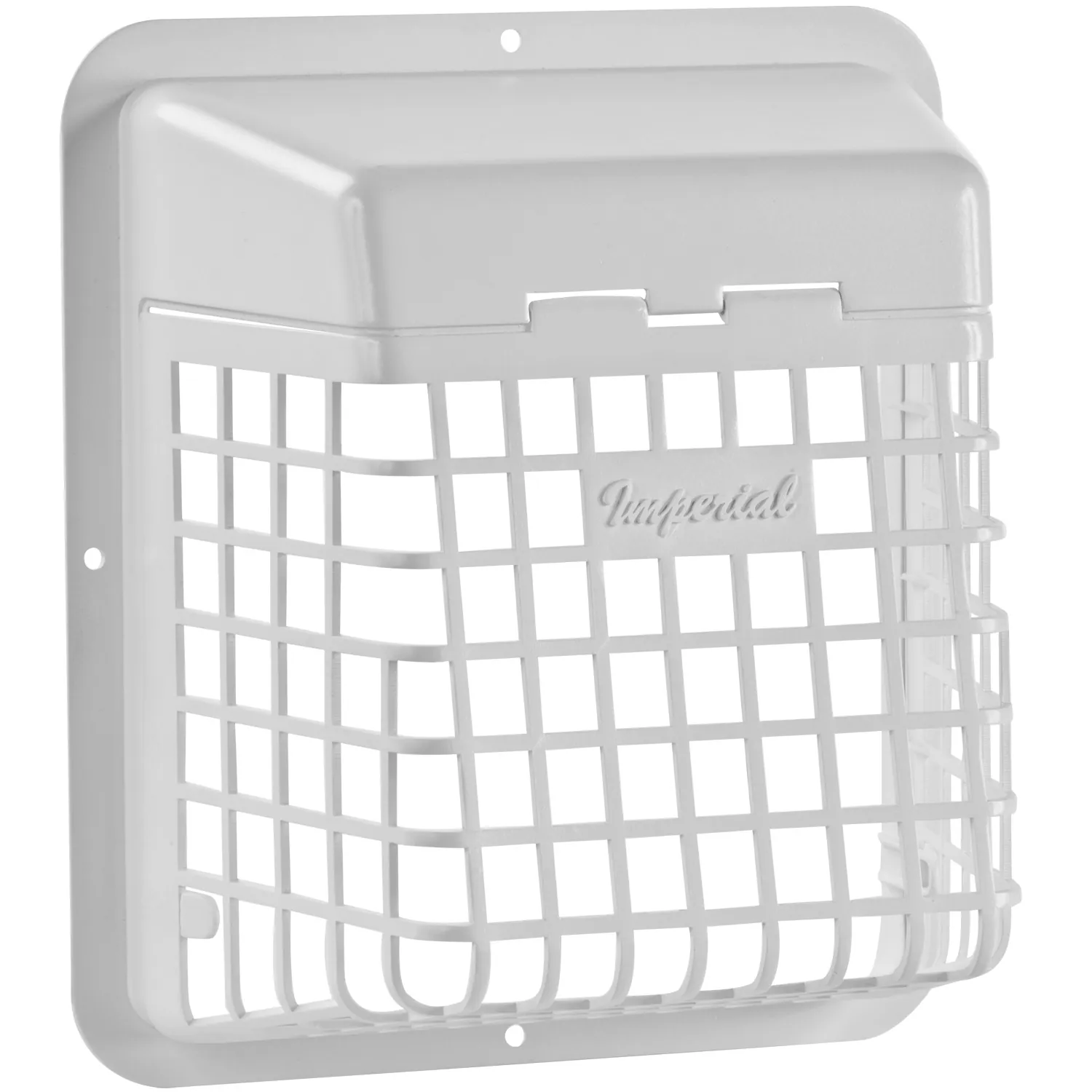
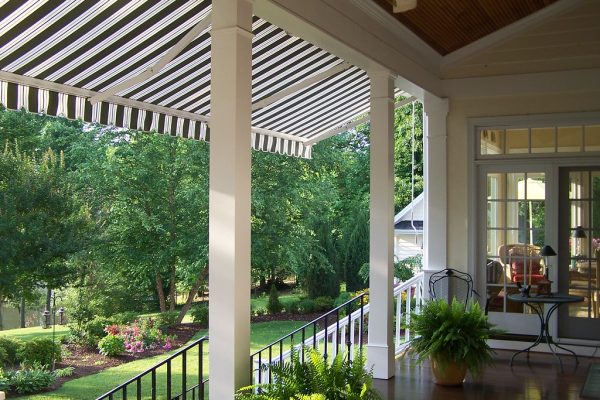
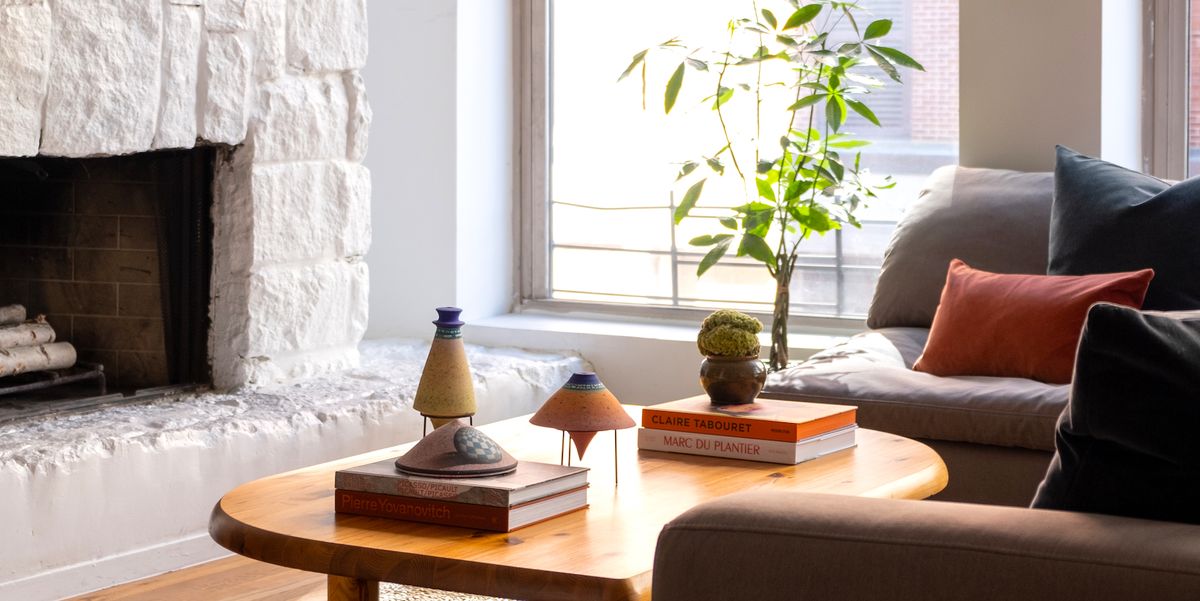
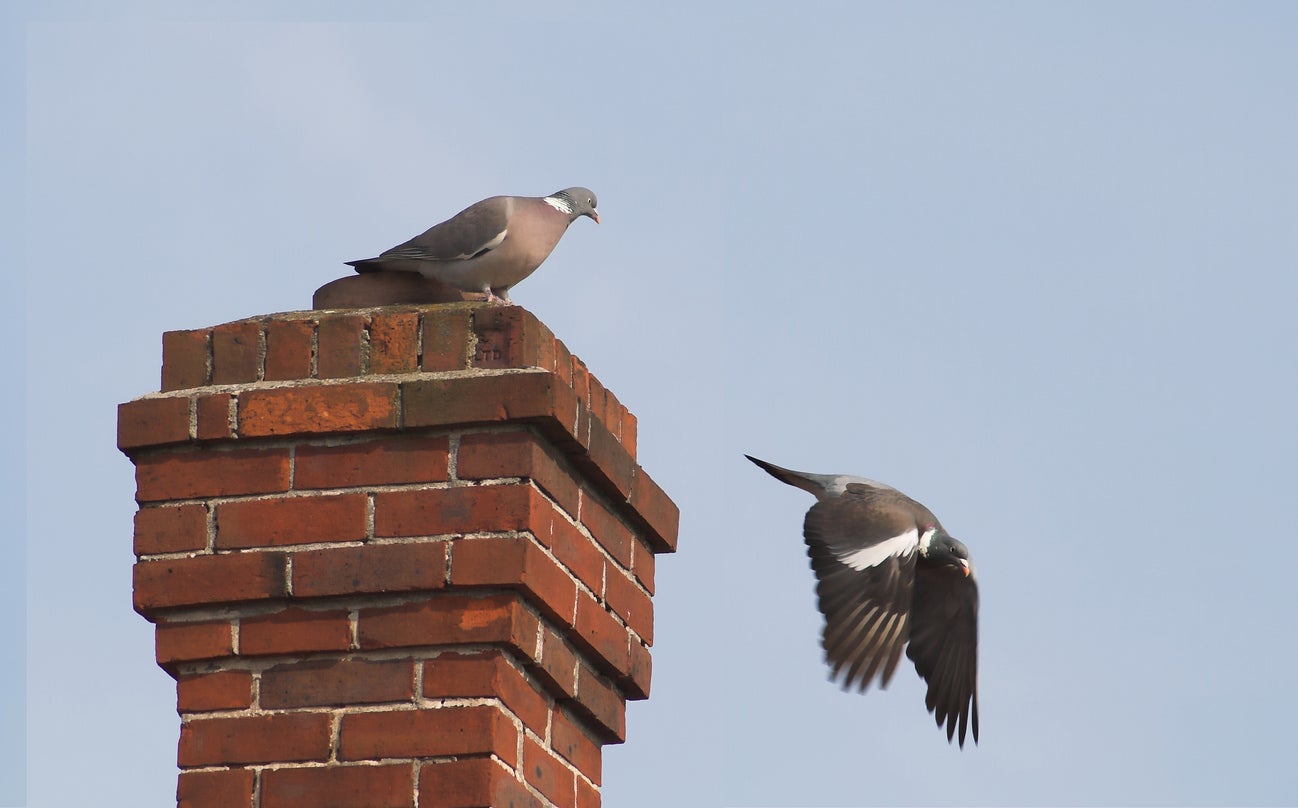
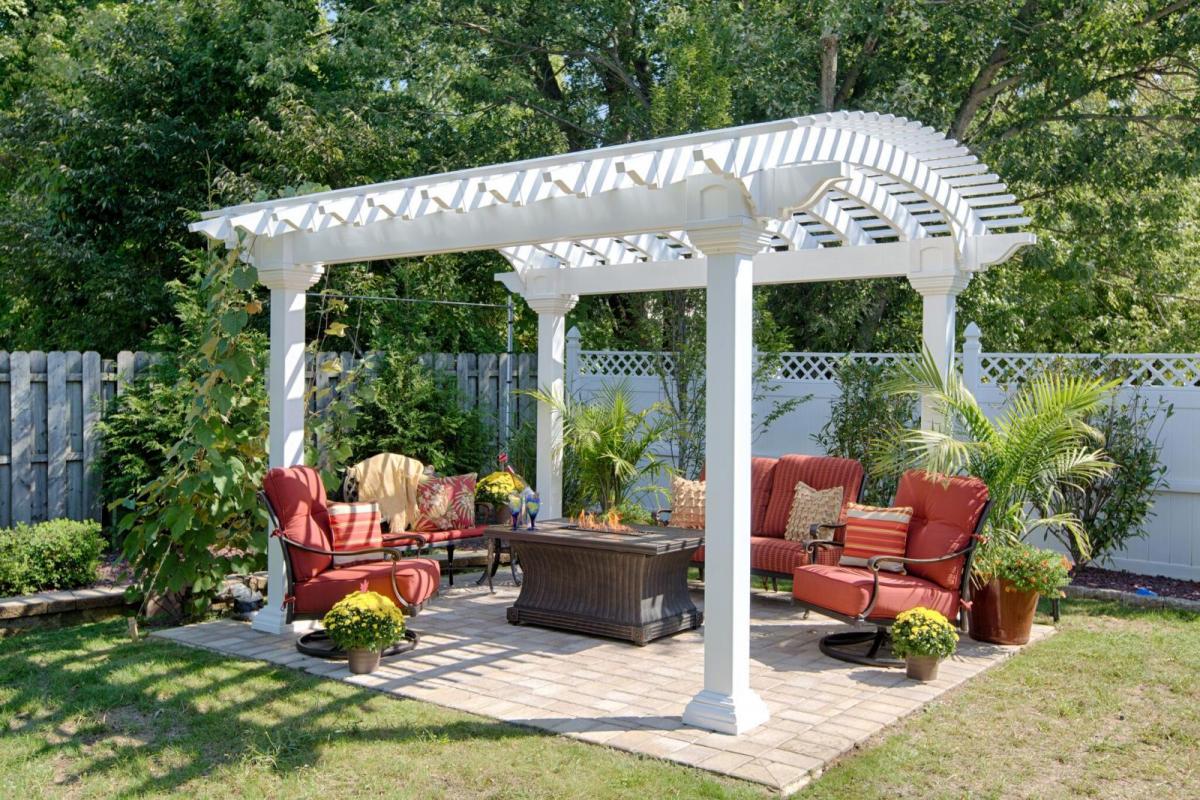
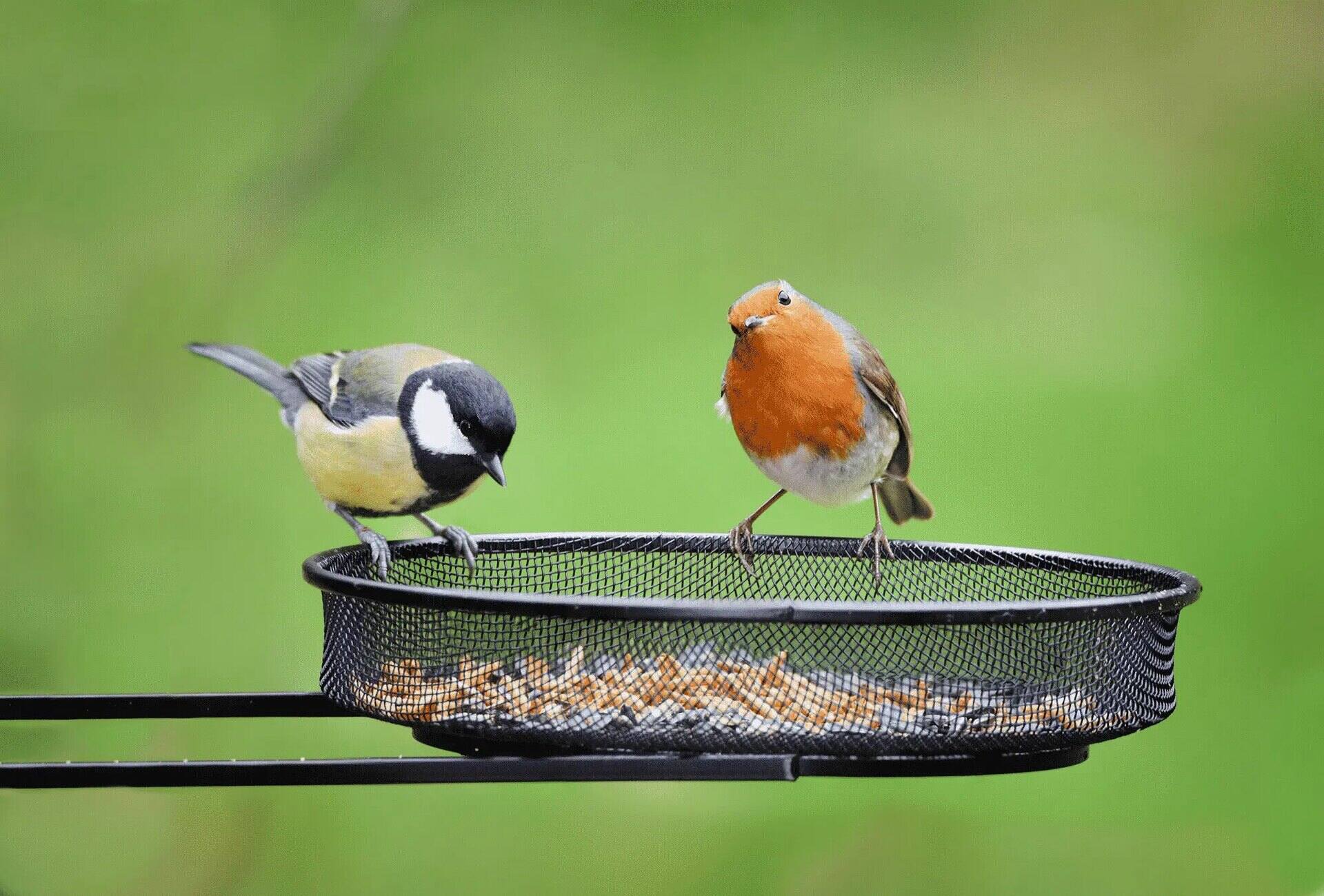
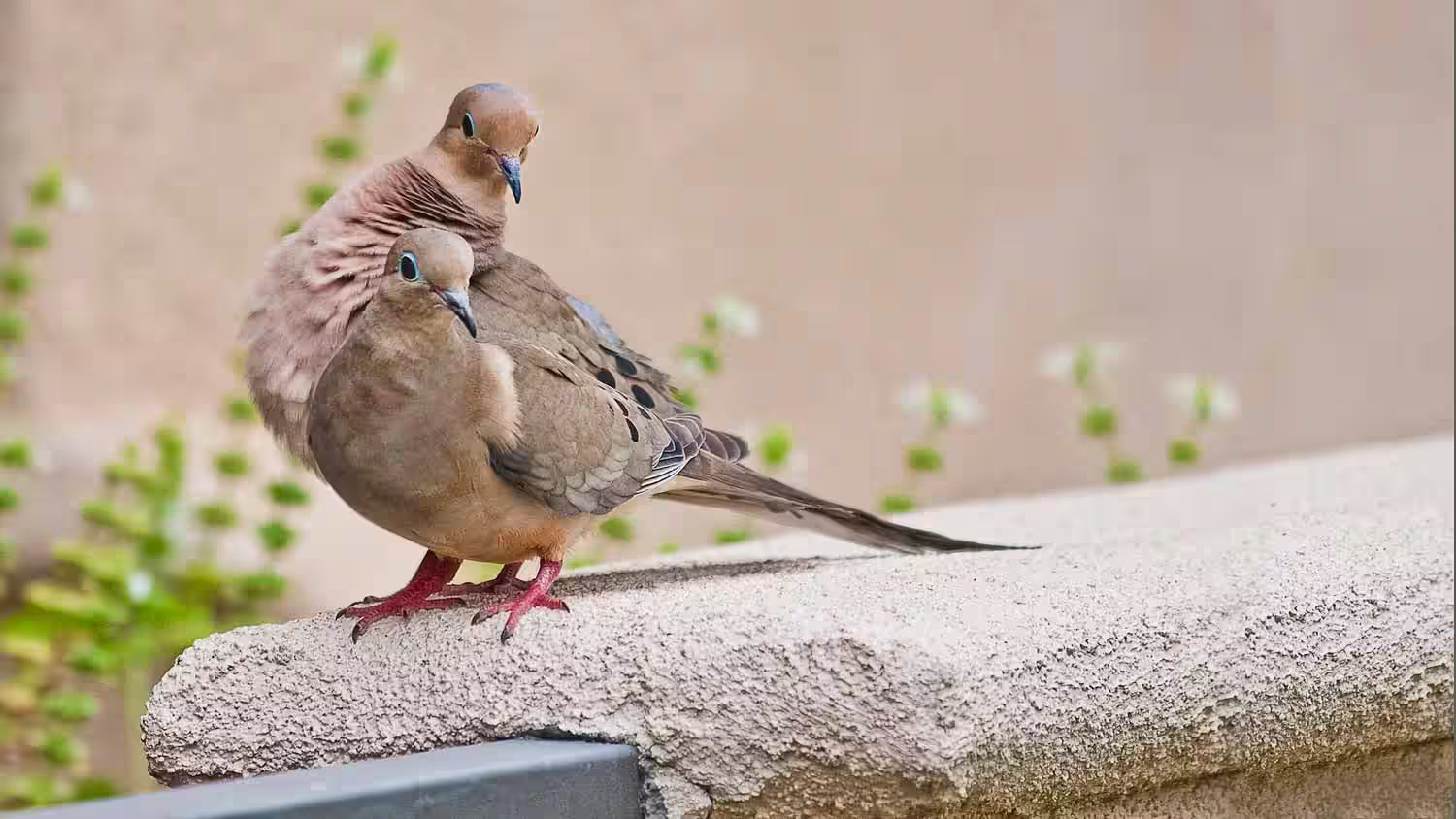
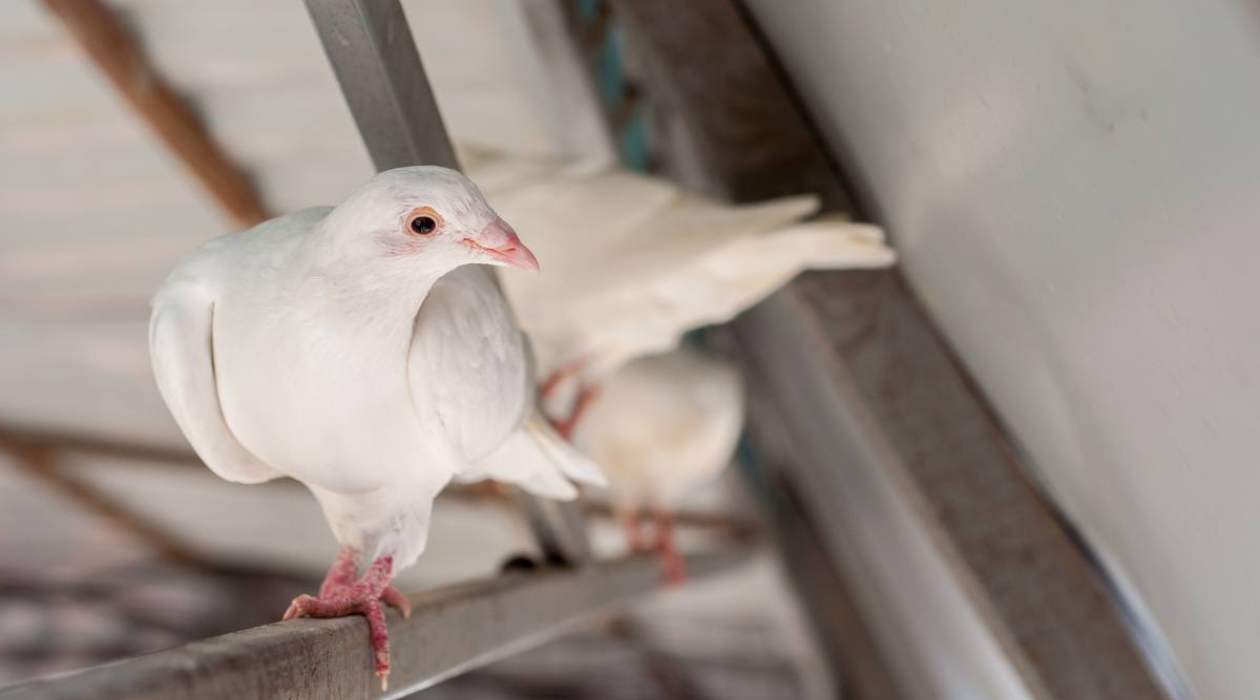
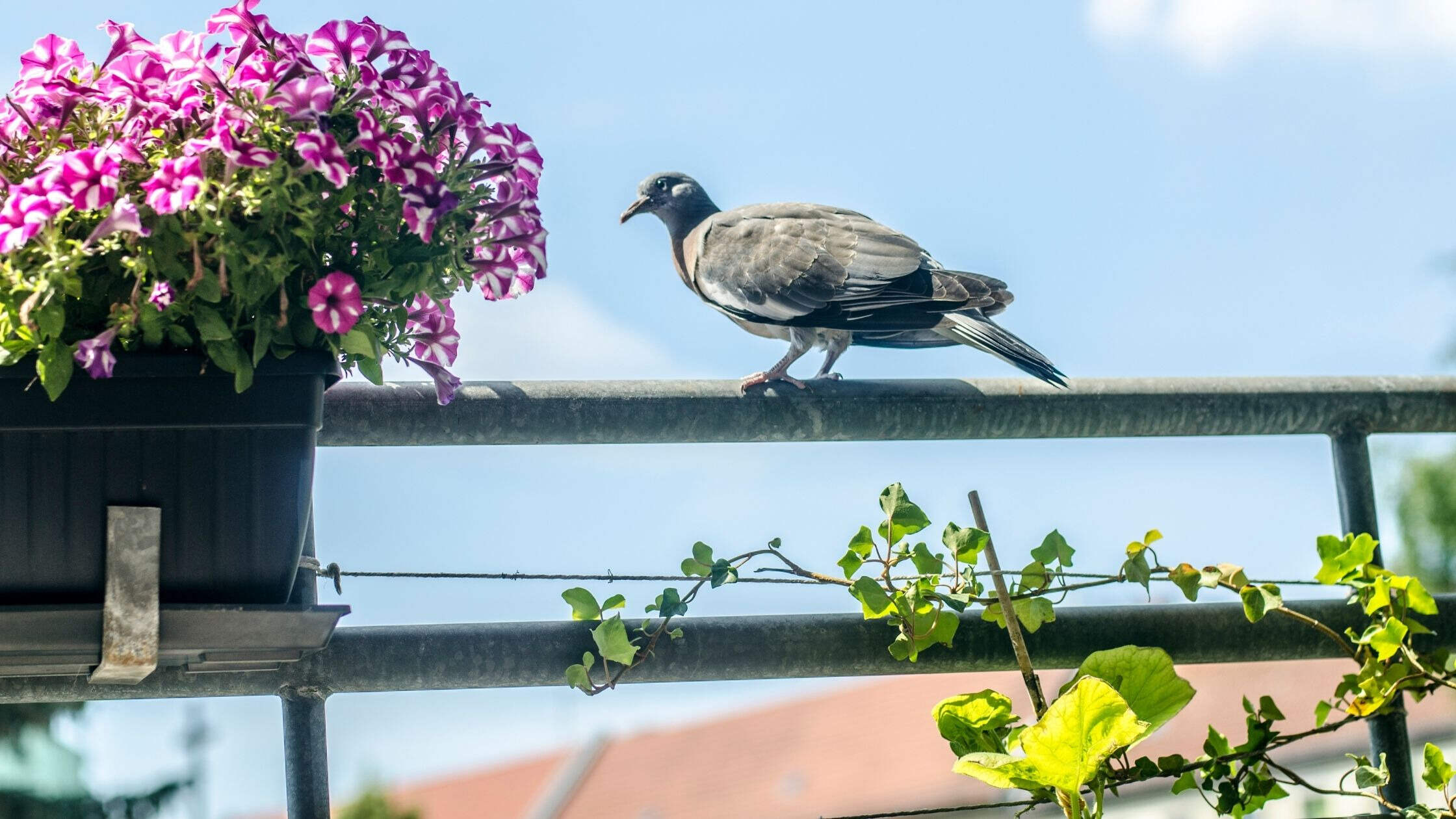
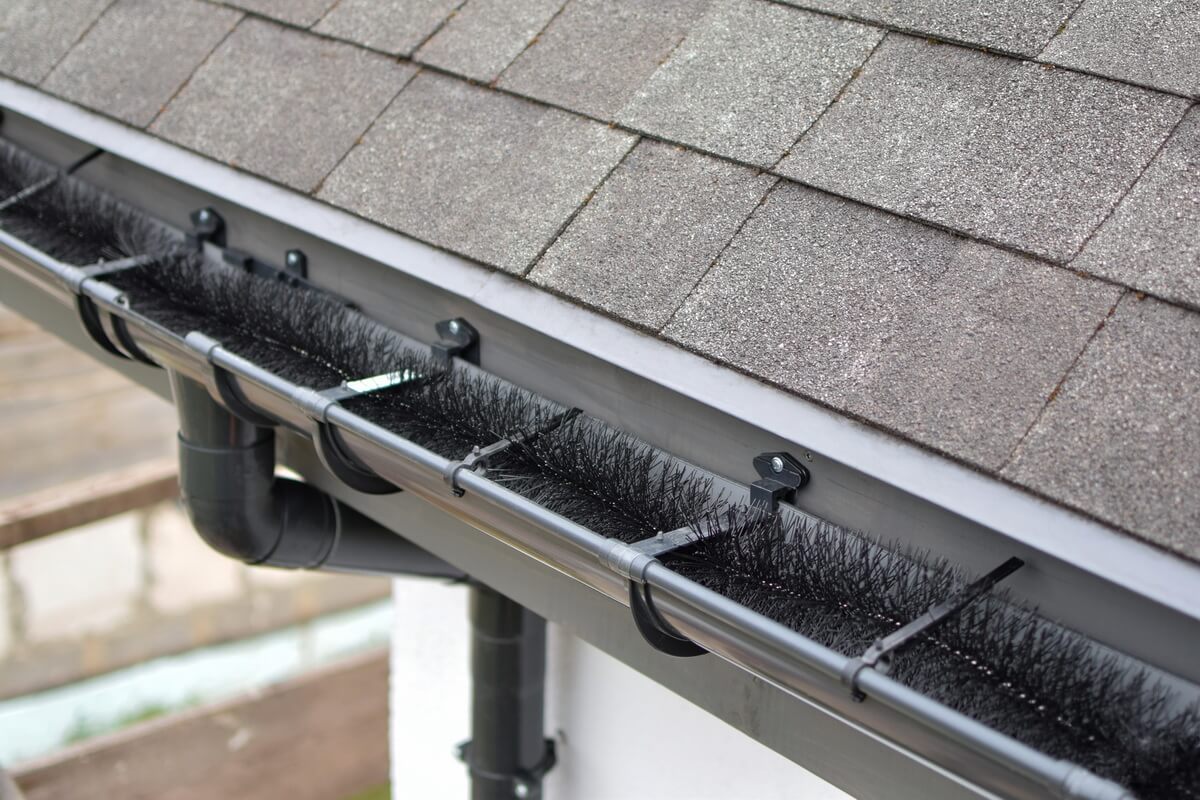
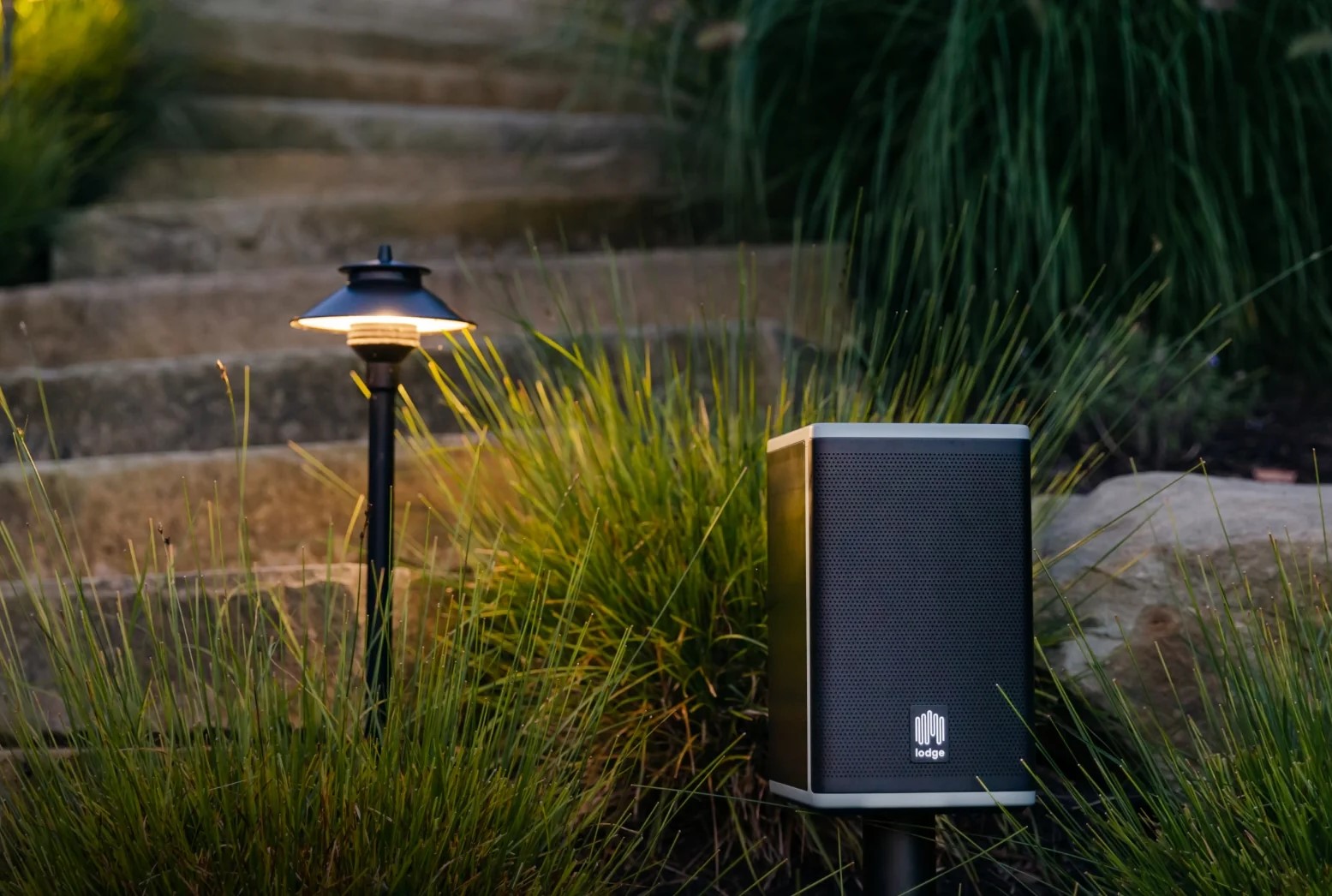
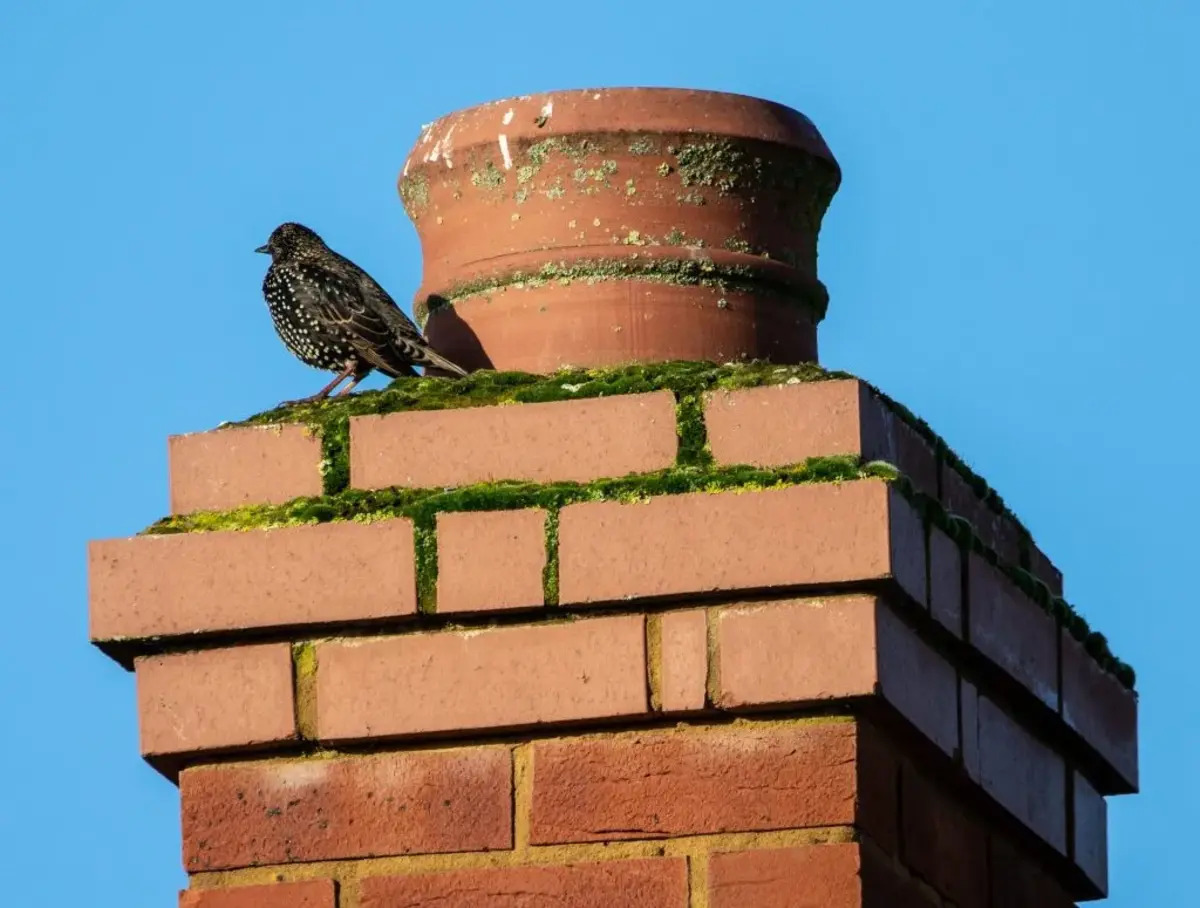
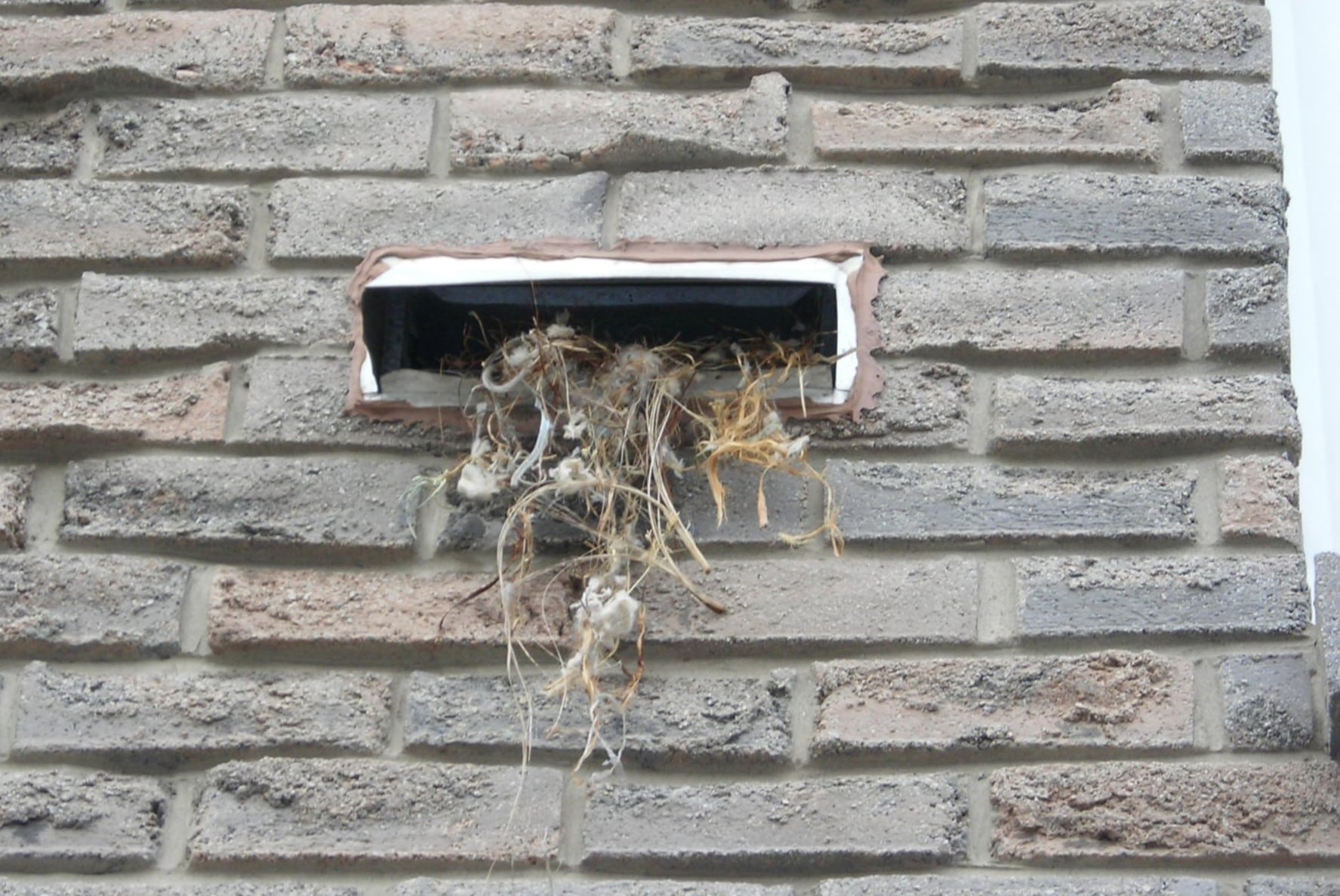
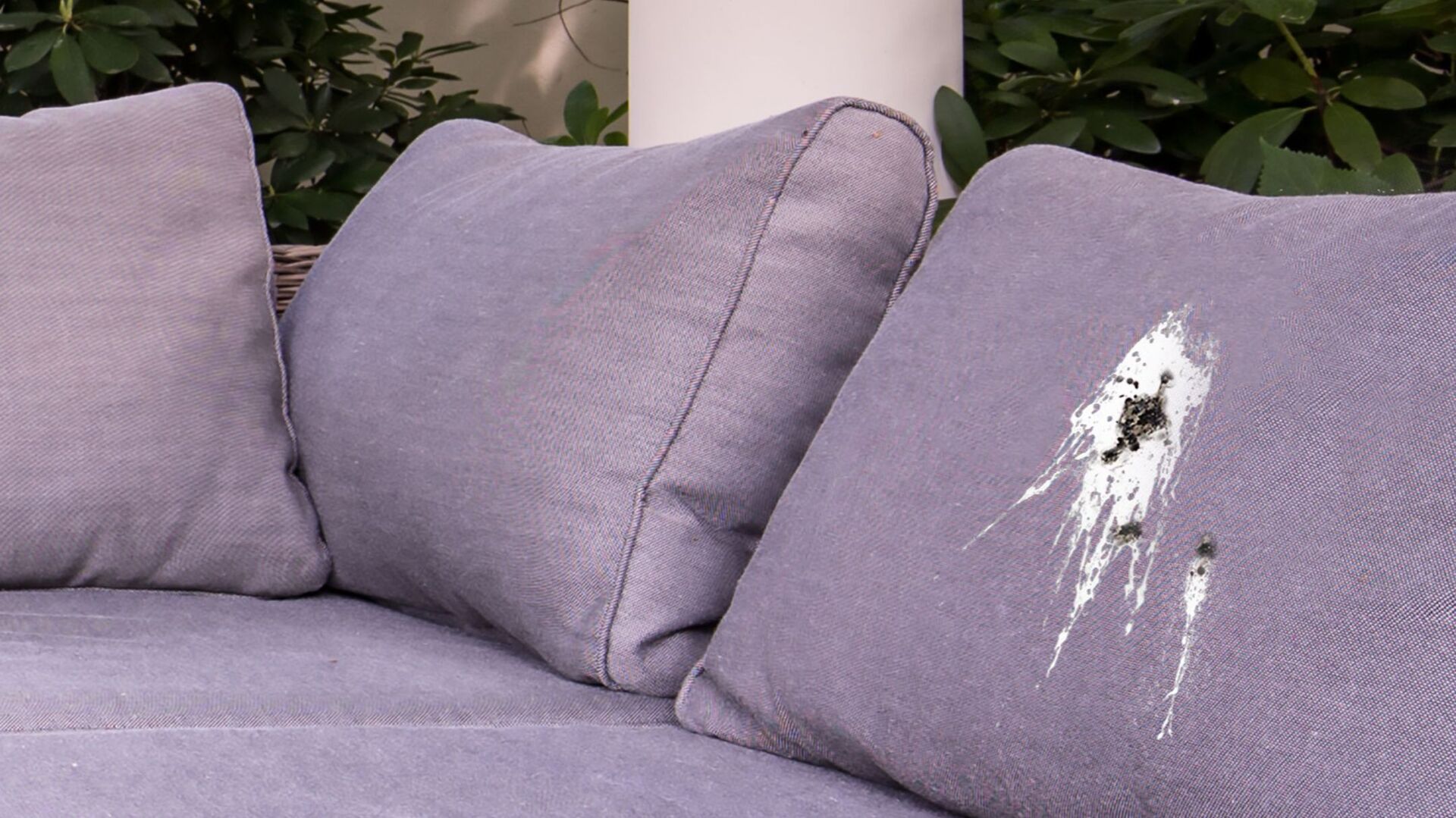

0 thoughts on “How To Keep Birds Out Of A Pergola”